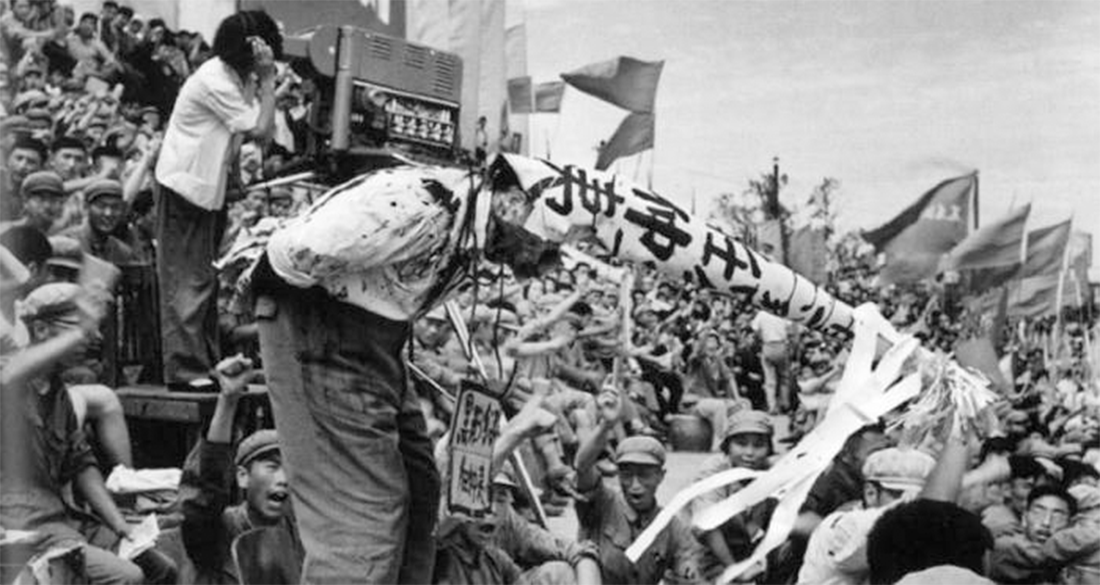

Inside the New York Times, it was even more chaotic and hysterical after the publication of the column than it appeared to those watching from the outside. We believe that is one reason it requires public scrutiny and debate.” Cotton concluded the column by writing, “One thing above all else will restore order to our streets: an overwhelming show of force to disperse, detain and ultimately deter lawbreakers.” We understand that many readers find Senator Cotton’s argument painful, even dangerous. The next day, New York Times opinion editor James Bennet responded on Twitter: “Times Opinion owes it to our readers to show them counter-arguments, particularly those made by people in a position to set policy. Dozens of staffers, former staffers and friends of the paper shared a screenshot of the headline while tweeting, “Running this puts Black New York Times staff in danger.” Many of the most vocal New York Times employees were outraged. I find the column to be mostly uncompelling, and fairly obvious - is it any surprise that Tom Cotton would write a column like this? A majority who seek to protest peacefully shouldn’t be confused with bands of miscreants,” while concluding, “One thing above all else will restore order to our streets: an overwhelming show of force to disperse, detain and ultimately deter lawbreakers.” Tom Cotton (R-Ark.), originally headlined “Send in the Troops,” and shortly after publication changed to “Tom Cotton: Send in the Troops.” In it, Cotton noted the “revolting moral equivalence of rioters and looters to peaceful, law-abiding protesters. Into this cultural firestorm came an opinion column in the New York Times by Sen. Tom Cotton wrote an opinion column that ignited a firestorm within the New York Times newsroom. This context is important because context is always important - but also because on some level, it helps explain the bizarre and extremely concerning actions that were to come, from a journalistic perspective. It was a particularly perilous time in the country - one that also happened to be a mere five months before a presidential election that could determine whether the country would have four more years of Donald Trump. Social justice marches were all over America, as were some instances of violence, looting and arson. What came next was a wave of outrage and protest. Many people had barely left their houses in two months. The shocking video of Floyd, who was black, and Chauvin, who is white, came into the public consciousness as the COVID pandemic was heating up. On May 25, 2020, George Floyd was killed while in custody by Minneapolis Police Officer Derek Chauvin, who was later convicted of murder. In this except from his new book, “ Uncovered: How the Media Got Cozy with Power, Abandoned Its Principles, and Lost the People,” he reveals how New York Times employees went crazy after the op-ed section ran a column by Sen.

Steve Krakauer is a veteran journalist and media critic who has worked at CNN, Fox News, NBC and TheBlaze. Right out of Dickens: Child migrants in punishing jobs across nationįootage shows Capitol cop Brian Sicknick uninjured on Jan. The week in whoppers: Kamala’s ‘excellence,’ Randi Weingarten’s gibberish, more NYT spins Democratic conspiracy theory on Jimmy Carter, Iran hostage talks as fact


 0 kommentar(er)
0 kommentar(er)
